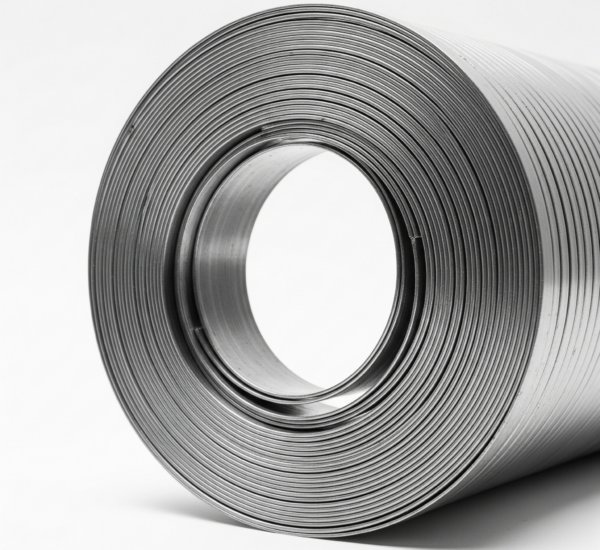The Essential Guide to Flat Steel Sheet Understanding Its Applications and Benefits
Introduction: The Challenge of Choosing the Right Sheet Steel
Imagine standing in a warehouse, surrounded by numerous steel sheets, unsure which to select for your project. With countless options available, the decision can become overwhelming—especially when considering the properties that matter most. A flat steel sheet is often the ideal choice for many applications, yet making a wrong selection can lead to failure. Why do failures always occur during crucial projects? Data suggests that improper choice of materials contributes to increased downtime and budget overruns. Understanding the core qualities of flat steel sheets may help to mitigate this issue.

Body: Technical Breakdown of Flat Steel Sheets
Traditional Solution Flaws
In many cases, traditional methods of employing steel sheets fall short. For instance, hot-rolled sheets often display inconsistent properties, making them less reliable in demanding applications. This inconsistency stems from the manufacturing process, where heating and forming at high temperatures can lead to residual stress and warping. Similarly, using cold-rolled variants brings a different set of challenges, including limitations in thickness and the time-consuming process of producing a thin sheet. Look, it’s simpler than you think—these flaws can be avoided by recognizing the specific requirements of your project.

New Technology Principles
Fortunately, advances in technology have led to the creation of improved flat steel sheet varieties. These modern sheets use controlled rolling techniques to guarantee uniform properties, minimizing defects and enhancing durability. The processes also incorporate innovative methods like dual-phase steels which offer superior strength and toughness. By embracing these developments, manufacturers are now producing steel sheets that outperform traditional offerings in both quality and longevity.
Quantified User Benefits
By switching to advanced flat steel sheets, users can experience tangible benefits—reduced downtime and lower maintenance costs are often at the forefront. For instance, industries utilizing these improved sheets report a remarkable decrease in material wastage, saving up to 30% in costs. Moreover, the overall durability leads to longer-lasting structures, allowing projects to withstand rigorous conditions. Hence, understanding these qualities can greatly influence your choice of materials.
Conclusion: Essential Evaluation Criteria for Choosing Flat Steel Sheets
When navigating the myriad options available in flat steel sheets, it’s crucial to evaluate your choices carefully. Always verify these 3 metrics when choosing solutions: ① Material properties—assess tensile strength and durability; ② Production method—ensure you’re aware of how sheets are made; ③ Compliance standards—confirm materials meet industry requirements. Adopting this evaluative approach will lead you to the most suitable choice for your projects.
Expanding on Steel Plates: Hot-rolled Steel Plates
Hot-rolled Steel Plate is a key choice for construction and manufacturing due to its versatility and durability. When properly selected, these plates can provide a solid foundation for various structural applications. Typically produced through the hot-rolling process, the material is flexible, allowing it to be shaped into various forms that suit specific project needs. Because it typically requires less processing than other steel types, a Hot-rolled Steel Plate can often be sourced quickly, helping to meet urgent project deadlines. The benefits of using hot-rolled steel are not only limited to its malleability; it also offers good weldability and machinability, making it an ideal option for many construction and manufacturing tasks.
Understanding Cold-rolled Steel Plates
On the other hand, Cold-rolled Steel Plate presents a unique set of advantages. Unlike hot-rolled plates, cold-rolled variants undergo a process that enhances their surface finish and dimensional accuracy, making them ideal for projects requiring tight tolerances. This characteristic becomes imperative in applications such as automotive components or appliances where precision is vital. As these plates are more refined, users often find that a Cold-rolled Steel Plate can be painted or coated more effectively, resulting in a superior final product. Additionally, the strength and surface quality are significantly enhanced compared to their hot-rolled counterparts, further expanding their usability across different industries.
Conclusion: Why Choose Soroya for Your Steel Needs?
In summary, understanding the distinctions between various steel sheets is essential for making informed decisions. While hot-rolled and cold-rolled steel plates each offer unique benefits, the choice will ultimately depend on project requirements. To ensure that you receive products with consistent quality and supply advantages, consider partnering with a reputable manufacturer. Soroya stands out as a reliable provider in the flat steel sheet industry, committed to delivering high-quality materials suited to your needs. By trusting Soroya, you will gain access to a seamless supply chain that supports your projects from start to finish.
